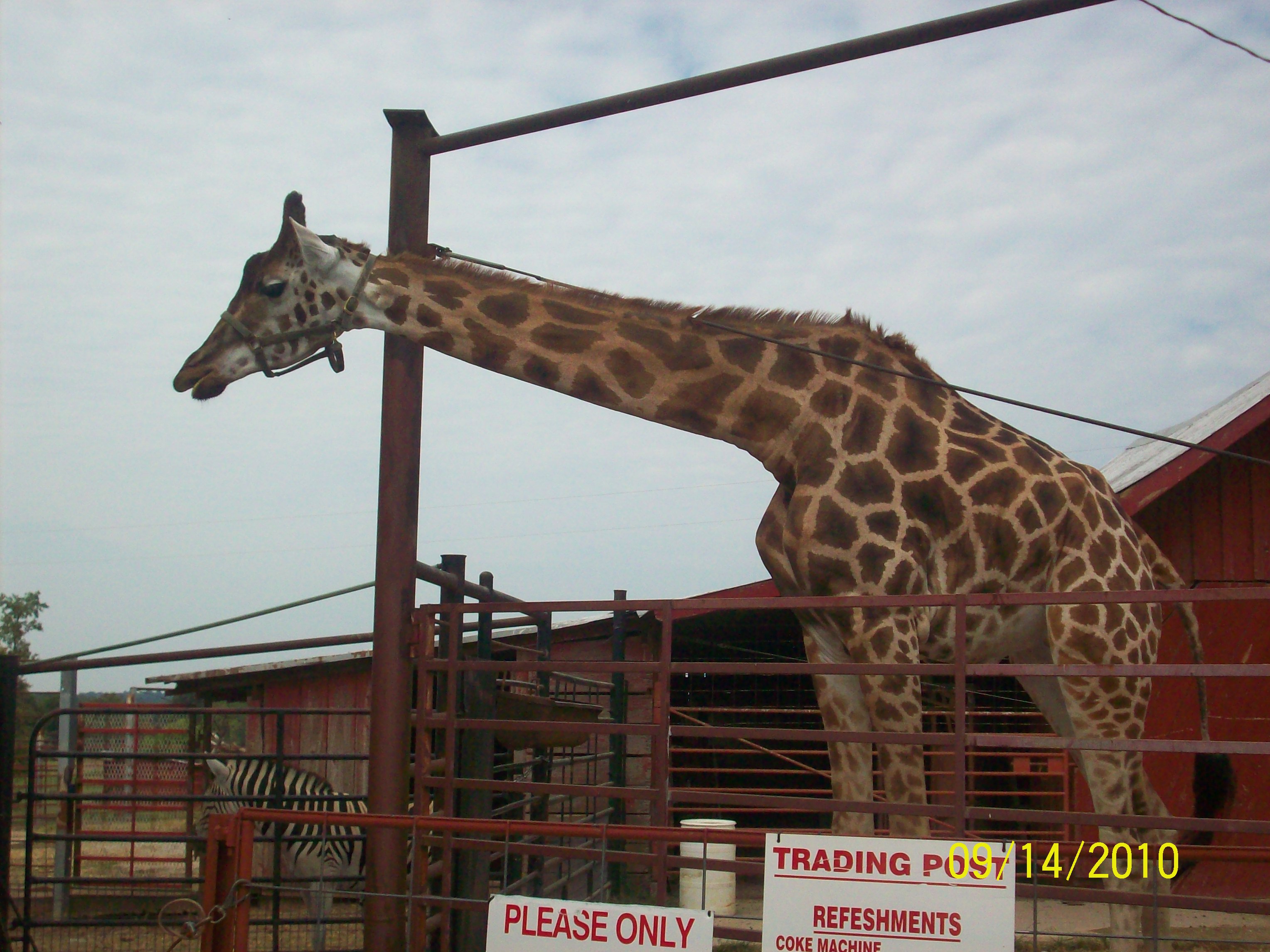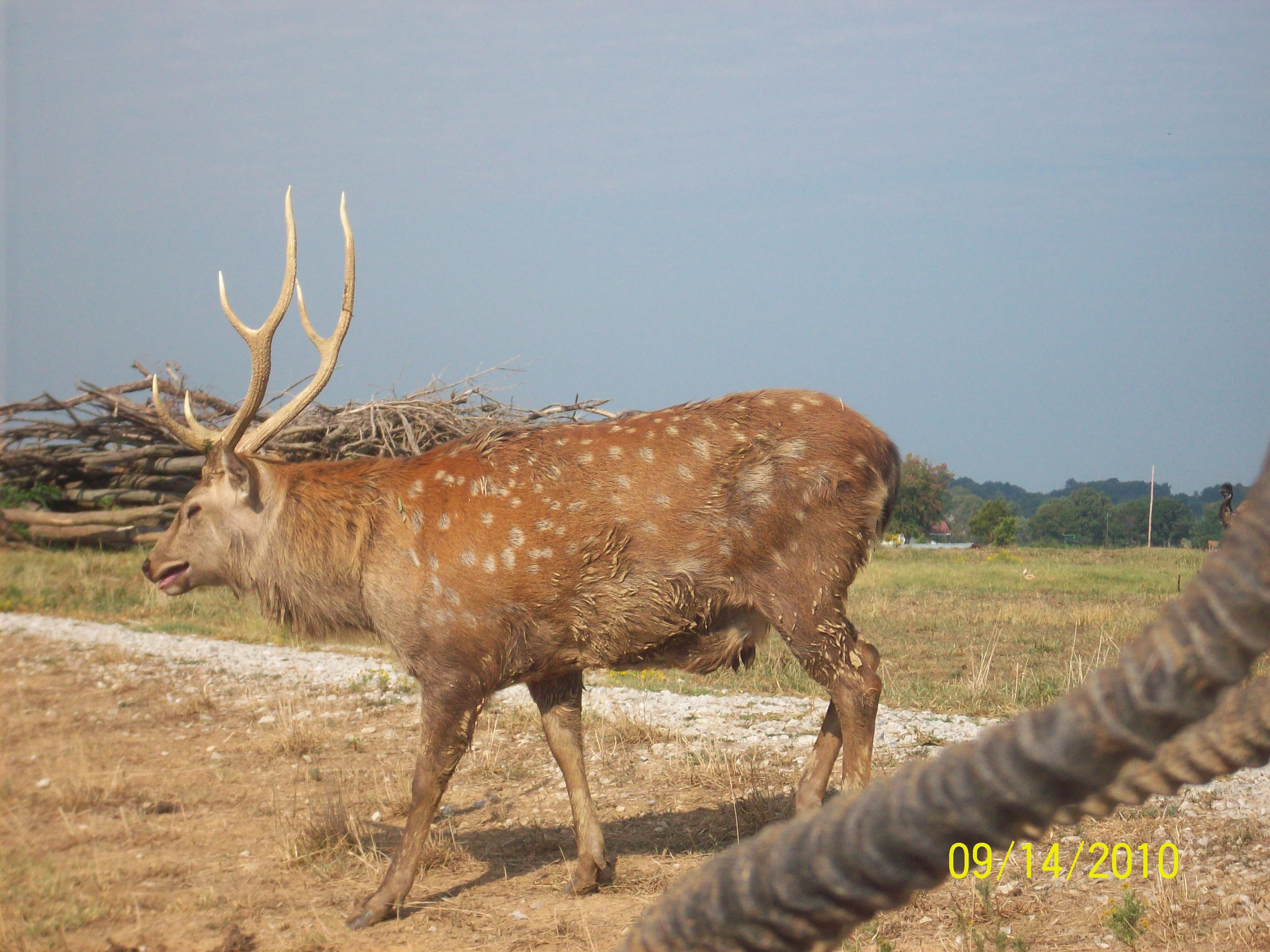
The PETA team said it was concerning that three empty water troughs were photographed in the park, including in a kookaburra enclosure and the larger pasture area containing bison, ostriches, deer and other animals.

While other plastic bins of water were located throughout the park, the Lookout could not observe how much water was inside. Metzler and her team said the drainage pipe emptying into the animal enclosure was both a trip hazard and seemed too dirty for drinking. Dozens of vehicles with feed buckets purchased at the gate fed animals unsupervised and unattended.Īdditionally, a deer was photographed licking what appeared to be an open wound and tt least one barbed wire fence was broken and one employee was observed tossing an empty Gatorade bottle from his ATV inside the pasture near multiple species.ĭebbie Metzler, Associate Director of Captive Animal Law Enforcement at PETA, reviewed footage and photographs taken at the park with her team. In the open drive-through area, the Lookout observed three employees. The park does have some tree trunks, dirt and rock piles and at least one bamboo grove which seemed to provide enrichment and terrain variety. The temperature was above 90 degrees Fahrenheit and animals were gathered in groups under small metal sheds for shade or under sparse tree coverage.īison were observed panting heavily and almost all the animals were in a large, pastured area with seemingly little enrichment. On July 18, the Lookout photographed multiple empty water and feed troughs throughout the park as well as a muddy drainage ditch emptying into the pasture near animals.
In 2017, a USDA report stated the issues had been resolved and a new veterinarian hired for the park, but a recent trip to the zoo suggested many of these problems are still occurring. That report listed a ferret in need of grooming services, expired medicine in the drug cabinet, unsafe and uncomfortable living conditions for rabbits, a loose wallaby, a lack of fresh, clean water and bug infestations in some animals’ living areas.

The Tennessee Safari Park had serious compliance issues listed on USDA inspection reports, including six in 2016. Other Tenneseee locations approved by the AZA are the Nashville Zoo, Tennessee Aquarium, Chattanooga Zoo and Zoo Knoxville. While the AZA could not be reached for comment, a similar drive-through park in Huntsville, AL, is also not AZA accredited. “If they don’t meet that standard-that’s not to say there aren’t good zoos outside that-but that’s the benchmark I’ve worked with my whole career.”Ĭolclough said it was unlikely other drive-through parks where visitors feed animals are AZA accredited. “The benchmark for any zoological organization is accreditation through AZA,” Colclough said. Multiple animal experts told Tennessee Lookout a lack of AZA accreditation was problematic, including Phil Colclough, director of animal care at Zoo Knoxville. It is not accredited by the Association of Zoos and Aquariums, a nonprofit that promotes conservation and animal welfare. The Conley family has owned their property and home in West Tennessee since 1858, and the park opened for business in 2007. At each turn, however, are red flags that animal rights experts and activists agree should at least raise questions about the park and its practices.

Once inside the park visitors can drive through 5.5 miles of safari trail and feed a variety of exotic animals from their vehicles, visit the gift shop, ride a camel, participate in the petting zoo or grab a snack. © 2021 THE TENNESSEE TITANS.On any given day at the Tennessee Safari Park i n Alamo, visitors in vehicles line the gravel driveway for several hundred yards, snaking past the entrance, down the road, and doubling back again to finally enter the park.


 0 kommentar(er)
0 kommentar(er)
